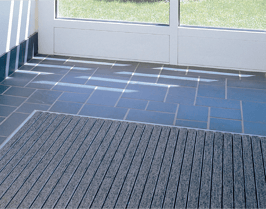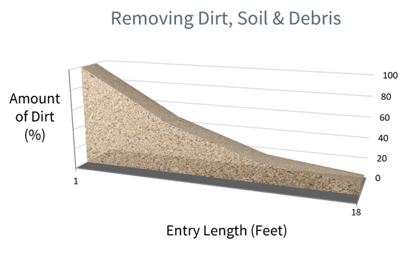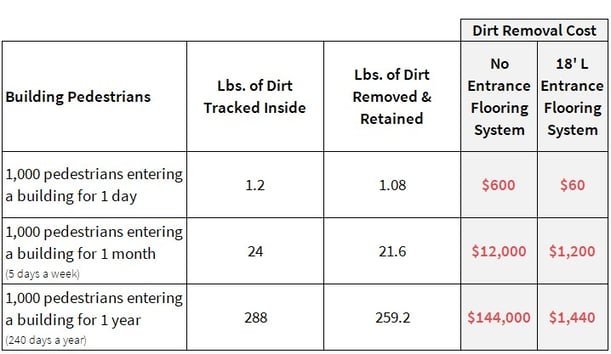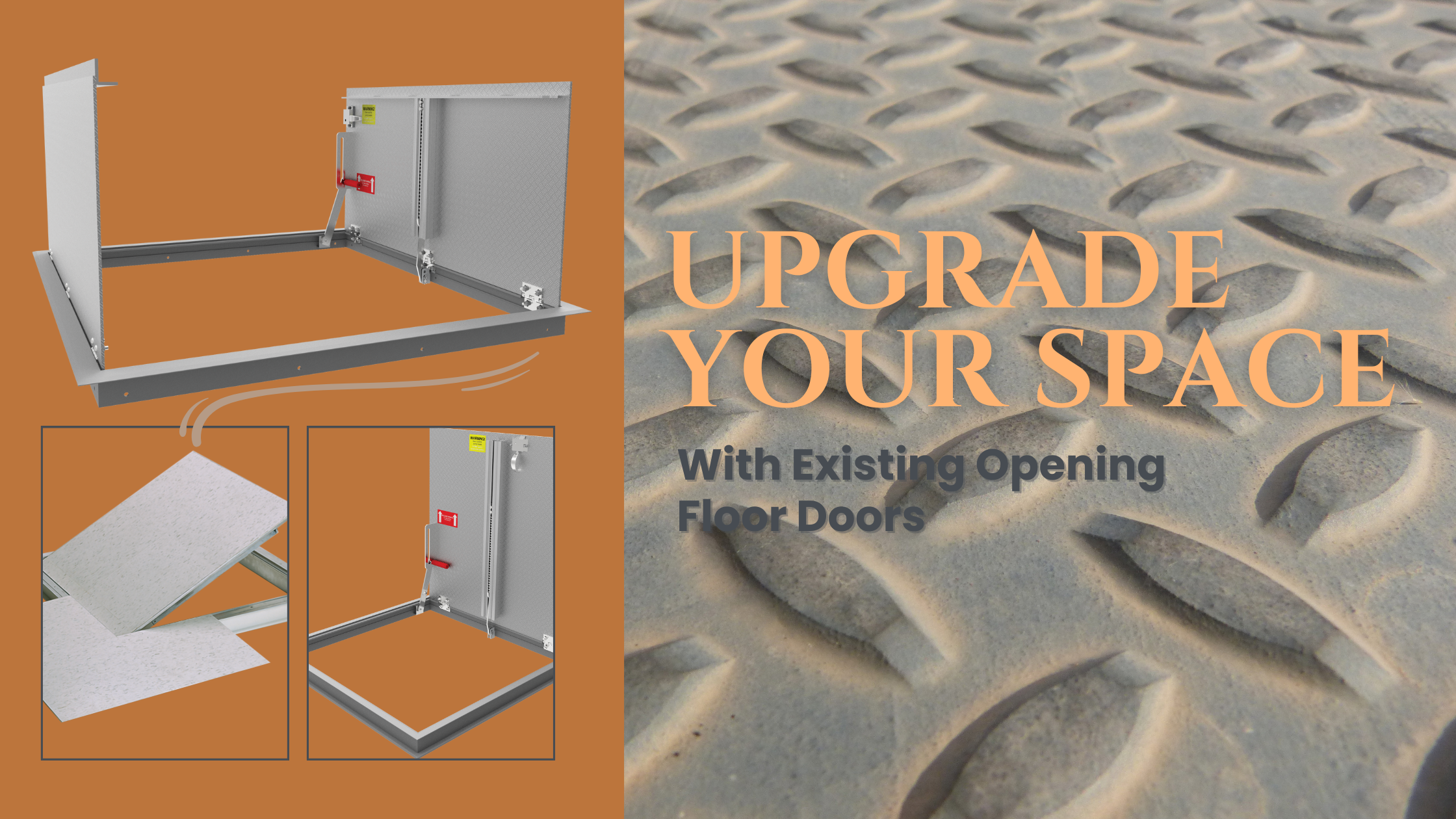Savings at the Threshold
.png)
How Entrance Flooring Systems Lower Building Expenses
Maintenance costs can significantly impact a facility's budget, especially in high-traffic areas prone to dirt, moisture, and debris. One area that often requires frequent attention is building entrances, where dirt and moisture are tracked in from outside. To address this challenge, facility managers are turning to entrance flooring systems that include mats and grilles. These systems offer an effective solution for reducing maintenance costs while enhancing safety and cleanliness. Let's explore how entrance flooring systems can help businesses save money on maintenance expenses.
-
The Importance of Entrance Flooring Systems:
Building entrances serve as the gateway for foot traffic, making them vulnerable to dirt, moisture, and
 debris. Without proper protection, these contaminants can spread throughout the facility, leading to increased cleaning and maintenance efforts. Entrance flooring systems act as the first line of defense, capturing dirt and moisture at the entrance and preventing them from being tracked further inside. By addressing this issue proactively, businesses can minimize maintenance costs in the long run.
debris. Without proper protection, these contaminants can spread throughout the facility, leading to increased cleaning and maintenance efforts. Entrance flooring systems act as the first line of defense, capturing dirt and moisture at the entrance and preventing them from being tracked further inside. By addressing this issue proactively, businesses can minimize maintenance costs in the long run. -
Extending Floor Life:
Dirt and debris can cause premature wear and tear on flooring surfaces, resulting in costly repairs or replacements. Entrance flooring systems effectively trap dirt, preventing it from being ground into the floor covering. By reducing the amount of dirt and grit that reaches the main floor, these systems help extend the life of the flooring, saving businesses significant maintenance expenses over time.
Understanding the extent of dirt interception at the entrance requires considering the prevailing exterior climate. For example, sand particles from coastal climates can cause significant damage to interior flooring, much like snow can pose its own set of issues.
To achieve a 90% debris removal rate from foot traffic, it is recommended to have an entrance system consisting of 8 to 9 steps. Considering an average stride of 24 inches, we can calculate the length of the ideal entrance system. Taking a stride length of 24 inches and multiplying it by 9 steps, we arrive at an 18-foot entrance system.
Hence, an optimal entrance system should have a length of 18 feet. It is important to ensure that this system incorporates appropriate treads suitable for the specific environment and a depth that corresponds to the volume of traffic. By selecting the right treads and accommodating the traffic requirements, an 18-foot entrance system has the potential to prevent up to 90% of dirt from entering the building.
- Length of system = Amount of debris removed
- Depth of system = Dependent upon traffic (more traffic, deeper the system)
- Treads on the system = Dependent upon the type of debris that needs to be removed

-
Enhancing Safety and Reducing Accidents:
Wet and slippery floors pose a significant safety risk, leading to accidents and potential liability issues. Entrance flooring systems with moisture-absorbent properties help prevent slip and fall incidents by capturing and retaining moisture from footwear. By minimizing the risk of accidents, businesses can avoid costly litigation, medical expenses, and property damage claims.
-
Ease of Cleaning and Maintenance:
Entrance flooring systems are designed for easy maintenance. Many systems are equipped with removable mats or grates that can be easily cleaned or replaced, reducing the need for extensive cleaning procedures or professional services. Regular vacuuming, sweeping, or hosing off the entrance flooring system can help keep it clean and functional, saving time and money on maintenance tasks.
How does an 18-Foot Entrance Flooring System save on maintenance costs? Beginning with the following three assumptions:
• Assumption 1 - 1,000 people track up to 24 lbs. of dirt into a building over 20 workdays (month)
• Assumption 2 - Average cost to remove 1 lb. of dirt is $500.00
• Assumption 3 - An entrance system that is 18’ L will remove 90% of the dirt
Entrance flooring systems offer numerous benefits beyond their primary function of capturing dirt and moisture. By implementing these systems, businesses can significantly reduce maintenance costs associated with cleaning, repairs, and floor replacements. Additionally, entrance flooring systems contribute to a safer environment by minimizing slip and fall accidents. The versatility and customization options of these systems allow businesses to maintain a professional and aesthetically pleasing entrance while protecting their investments. By embracing entrance flooring systems, businesses can achieve long-term cost savings and create a positive impression for visitors, employees, and customers alike.
Nystrom proudly offers a full line of entrance flooring systems; from elegant stainless steel to rugged brushes, we have the treads that meet your needs. Protect your beautiful floors by keeping the dirt at the door. To learn more about how you can incorporate entrance flooring systems into your building, please visit our website or contact our Sales & Customer Support team.




